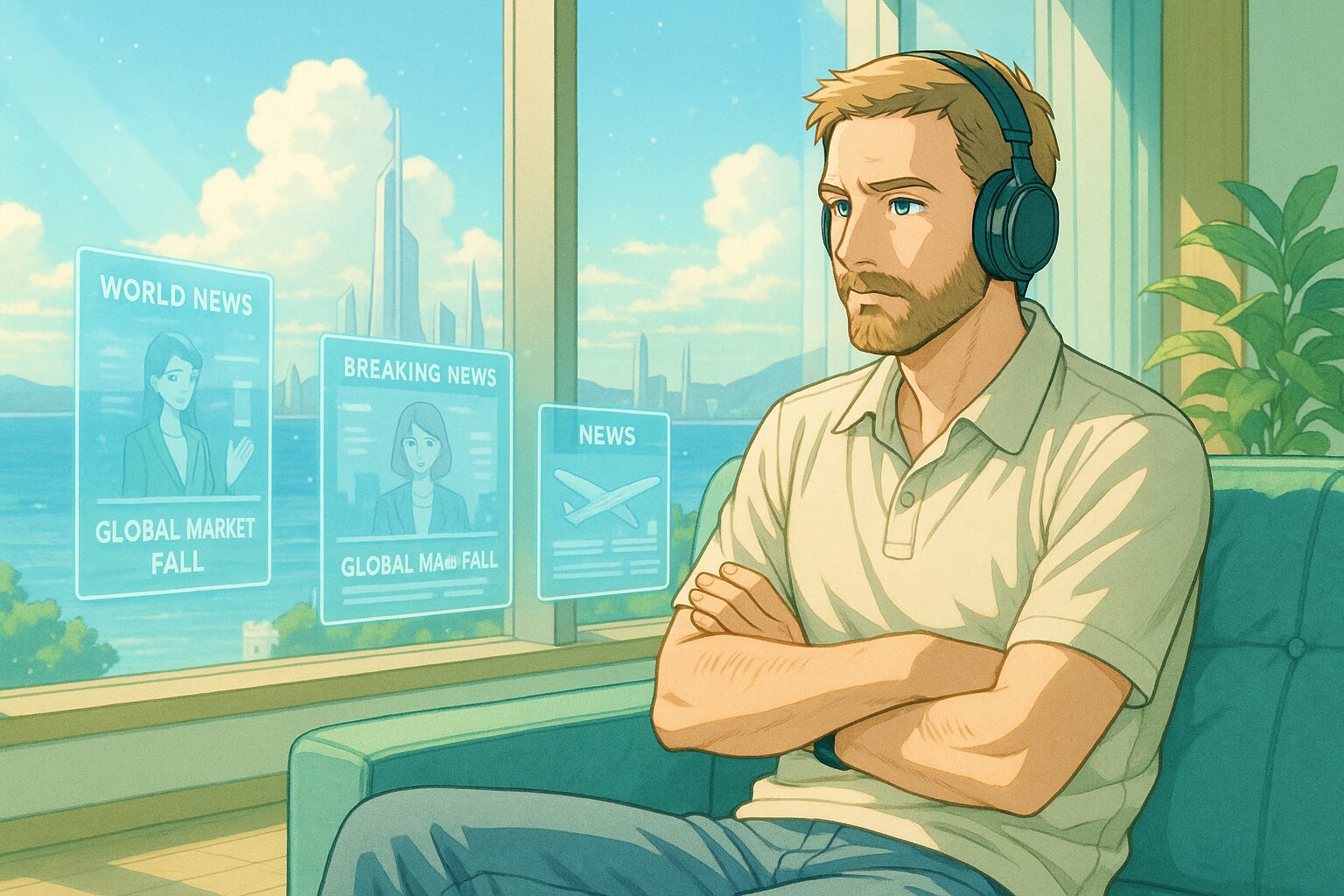How Will AI Change the Future of Physics Simulation, and How Should We Approach It?
The evolution of AI (artificial intelligence) is impacting various aspects of our lives. Recent news highlights how AI is transforming the world of physics simulation. If this trend continues, what will the future of product development and our daily lives look like?
1. Today’s News
Source:
AI in Physics-Based Product Performance Simulation: From Surrogates to Solvers
Summary:
- AI is innovating physics-based product performance simulation.
- The landscape of simulation and analysis is being reconstructed by AI.
- AI provides faster and more accurate results than traditional methods.
2. Consider the Background
Physics simulation has played a crucial role in product development. Until now, performing complex calculations has been time-consuming and costly. However, with the introduction of AI, this process is becoming significantly more efficient. This change could lead to faster product development and cost reductions, benefiting us as consumers. What might happen if this technology evolves further?
3. What Does the Future Hold?
Hypothesis 1 (Neutral): A Future Where AI-Based Simulation Becomes Commonplace
AI will become a standard tool for physics simulation, enabling companies to conduct product development more quickly and precisely. This change will enhance product quality, allowing consumers to receive more reliable products. However, the proliferation of AI may also alter the role of traditional simulation engineers.
Hypothesis 2 (Optimistic): A Future of Significant Advancements in AI Technology
AI will further evolve, innovating not just simulation but the entire design and manufacturing process. This will shorten product development cycles and allow new ideas to reach the market quickly. Consumers will have more opportunities to access diverse and innovative products, expanding their choices.
Hypothesis 3 (Pessimistic): A Future Where Traditional Techniques Disappear
Pushed by the wave of efficiency brought by AI, traditional simulation techniques and their experts may gradually fade away. This change carries the risk of losing creativity based on different perspectives and experiences. Furthermore, an over-reliance on AI could lead to a shortage of personnel capable of addressing technical issues when they arise.
4. Tips for Us
Thoughtful Approaches
- Consider a balanced approach while understanding the advantages and limitations of AI.
- Reflect on your skills and values as technology evolves.
Small Practical Tips
- Be proactive in learning and adapting to new technologies.
- Join communities and events to enhance your understanding of technology and share knowledge.
5. What Would You Do?
- What products do you expect in a future where AI technology has further evolved?
- Do you think the integration of traditional techniques and AI is possible?
- Do you feel uneasy about leaving tasks to AI?
What kind of future do you envision? Please share your thoughts on social media or in the comments.









